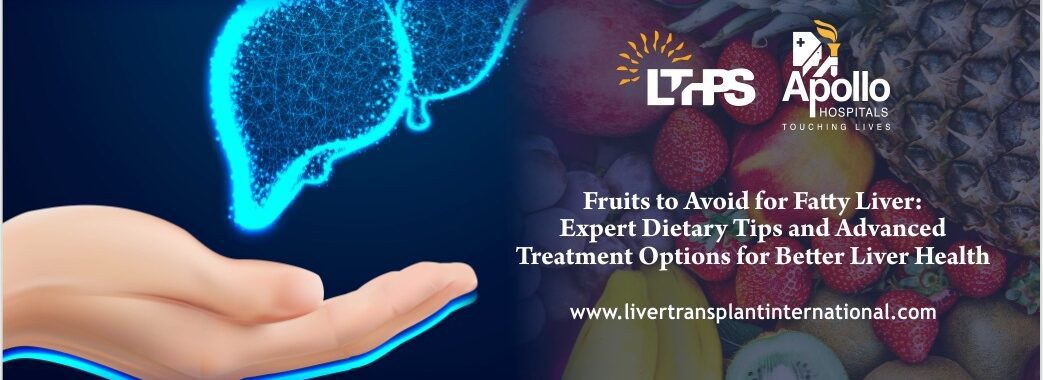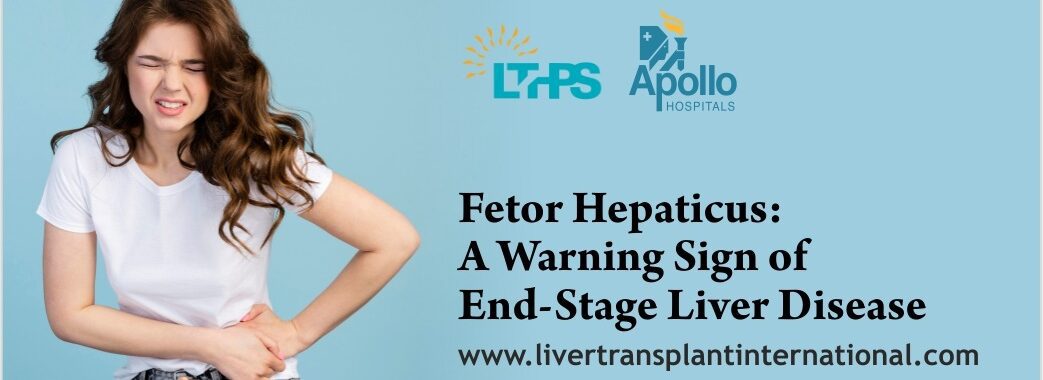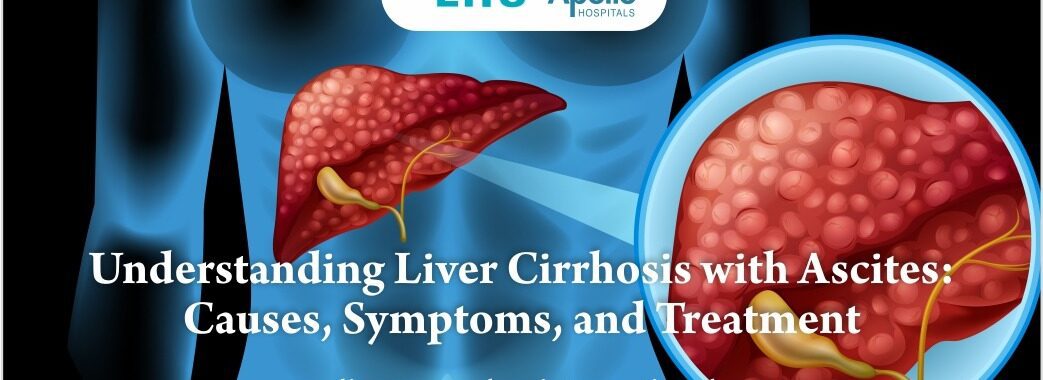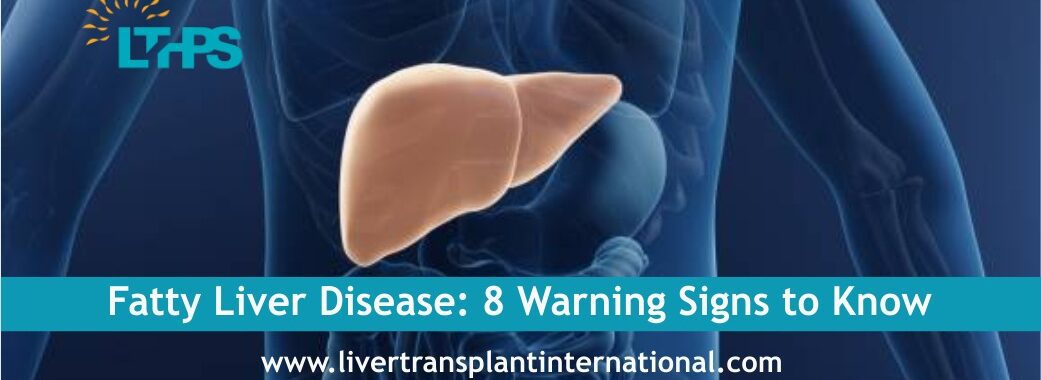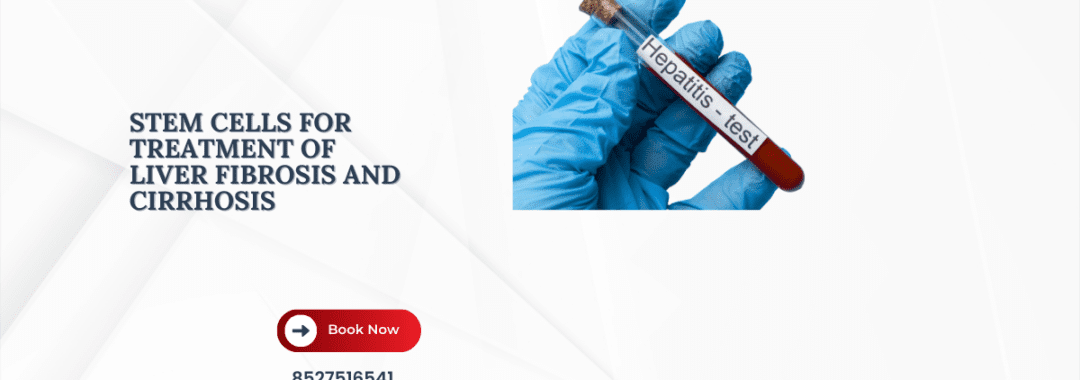Introduction: Understanding Fatty Liver Disease
Have you ever imagined your liver as a kitchen sponge — meant to absorb and clean toxins — but over time, soaked with too much grease? That’s what happens in fatty liver disease, where fat builds up inside liver cells, slowing down its vital functions.
The good news? Science has discovered powerful medications like Pemafibrate and Telmisartan that can work together to restore liver health naturally and effectively. Let’s explore how this combination can protect your liver and overall well-being.
Table of Contents
| Sr# | Headings |
|---|---|
| 1 | Introduction: Understanding Fatty Liver Disease |
| 2 | What Is Fatty Liver and Why It Matters |
| 3 | Causes and Risk Factors of Fatty Liver |
| 4 | How the Liver Functions and Gets Overloaded |
| 5 | Introducing Pemafibrate: The New-Generation Fibrate |
| 6 | Telmisartan: The Heart and Liver Protector |
| 7 | How Pemafibrate and Telmisartan Work Together |
| 8 | Clinical Evidence Supporting This Combination |
| 9 | Benefits Beyond Fatty Liver Health |
| 10 | Who Can Benefit from This Treatment |
| 11 | Possible Side Effects and Precautions |
| 12 | Lifestyle Tips to Support Liver Healing |
| 13 | Role of Early Diagnosis and Regular Monitoring |
| 14 | When to See the Best Liver Transplant Surgeon in India |
| 15 | Conclusion: A Hopeful Future for Fatty Liver Treatment |
| 16 | FAQs |
2. What Is Fatty Liver and Why It Matter
Fatty liver disease occurs when fat makes up more than 5– 10% of your liver’s weight. There are two main types:
Alcoholic Fatty Liver Disease (AFLD): Caused by excessive alcohol intake.
Non-Alcoholic Fatty Liver Disease (NAFLD): Occurs even without alcohol, often linked to obesity and diabetes.
If left untreated, it can lead to liver inflammation (steatohepatitis), fibrosis, cirrhosis, or even liver failure– conditions that might eventually need a liver transplant.
3. Causes and Risk Factors of Fatty Liver
Several everyday factors can lead to fat accumulation in the liver, such as:
Unhealthy diet: High in sugars, refined carbs, and processed fats.
Obesity and insulin resistance.
Sedentary lifestyle.
High blood pressure and cholesterol.
Certain medications.
The combination of these risk factors makes the liver work harder– just like a car engine running on dirty oil.
4. How the Liver Functions and Gets Overloaded
Your liver is the body’s natural detox powerhouse. It filters blood, processes nutrients, and helps regulate fats. But when too much fat builds up, the liver becomes sluggish, inflamed, and scarred.
Think of it as a factory overloaded with tasks– when workers (liver cells) are buried under too much “grease” (fat), production slows, and the system breaks down.
5. Introducing Pemafibrate: The New-Generation Fibrate
Pemafibrate is a modern fibrate drug designed to improve lipid metabolism (the way your body processes fats).
How it works:
Activates a protein called PPAR-α, which burns excess fat in the liver.
Reduces harmful triglycerides and increases good cholesterol (HDL).
Improves insulin sensitivity, lowering inflammation.
Unlike older fibrates, Pemafibrate is more selective, meaning it works effectively with fewer side effects.
It’s like upgrading from a regular cleaning brush to a precision tool that scrubs away only the bad stuff.
6. Telmisartan: The Heart and Liver Protector
Telmisartan is a well-known blood pressure medication from the angiotensin receptor blocker (ARB) family.
Its liver-protective benefits include:
Reducing liver inflammation and oxidative stress.
Enhancing fat metabolism through activation of PPAR-γ receptors.
Preventing fibrosis (scarring) in liver tissues.
In simple terms, Telmisartan not only protects your heart but also your liver– a two-in-one benefit that makes it a valuable ally against fatty liver disease.
7. How Pemafibrate and Telmisartan Work Together
When used together, Pemafibrate and Telmisartan create a synergistic (mutually enhancing) effect.
Here’s how this dynamic duo works:
Pemafibrate boosts fat burning and reduces triglycerides.
Telmisartan fights inflammation and protects liver cells.
Together, they enhance insulin sensitivity, reduce fat accumulation, and lower the risk of liver fibrosis.
Imagine them as a cleanup crew– Pemafibrate vacuums the excess fat, while Telmisartan repairs the walls and protects the structure.
8. Clinical Evidence Supporting This Combination
Research studies have shown promising results:
Patients using both drugs demonstrated significant improvements in liver enzymes (ALT, AST) and fat content.
There was also a noticeable reduction in liver stiffness, suggesting lower fibrosis.
Combination therapy proved safe and effective even in patients with diabetes and hypertension.
These findings give hope for managing fatty liver without immediate need for surgery or aggressive interventions.
9. Benefits Beyond Fatty Liver Health
The Pemafibrate– Telmisartan combination doesn’t just target the liver– it improves overall metabolic health.
Additional benefits:
Better blood sugar control in diabetics.
Lower cholesterol and blood pressure levels.
Reduced risk of heart attack and stroke.
This holistic improvement supports long-term liver recovery and reduces complications linked to metabolic syndrome.
10. Who Can Benefit from This Treatment
This combination may benefit people who:
Have non-alcoholic fatty liver disease (NAFLD) or metabolic-associated fatty liver disease (MAFLD).
Struggle with high cholesterol, obesity, or diabetes.
Have hypertension with signs of liver fat accumulation.
However, it’s crucial to use these medications under medical supervision, preferably from a liver specialist or hepatologist.
11. Possible Side Effects and Precautions
While generally safe, some mild side effects may include:
Fatigue or dizziness.
Mild stomach discomfort.
Occasional increase in liver enzymes.
It’s essential to avoid self-medication and get your liver function tested regularly. Always consult a doctor before starting or combining these drugs.
12. Lifestyle Tips to Support Liver Healing
Medications work best when combined with healthy habits. Here’s how you can speed up your liver recovery:
Eat a balanced diet: Focus on vegetables, whole grains, and lean proteins.
Avoid alcohol and sugary drinks.
Exercise regularly: Even a 30-minute walk helps.
Stay hydrated and sleep well.
Remember, your liver loves routine and balance– treat it kindly, and it will reward you with renewed energy and health.
13. Role of Early Diagnosis and Regular Monitoring
Many people discover fatty liver by accident during routine tests. Early detection makes treatment far more effective.
Doctors may recommend:
Ultrasound or FibroScan for liver fat measurement.
Blood tests to monitor liver enzymes (ALT, AST, GGT).
Lifestyle assessments for diet and weight management.
Regular follow-ups with your doctor can help track progress and adjust medication as needed.
14. When to See the Best Liver Transplant Surgeon in India
If fatty liver disease progresses to cirrhosis or liver failure, timely evaluation by the best liver transplant surgeon in India becomes crucial.
These experts can assess whether medical therapy is enough or if a liver transplant might be required.
Modern liver transplant techniques in India offer high success rates and improved quality of life post-surgery. Early intervention can prevent irreversible damage.
15. Conclusion: A Hopeful Future for Fatty Liver Treatment
The combination of Pemafibrate and Telmisartan represents a major step forward in liver care. Together, they reduce fat, control inflammation, and protect liver cells, giving patients a chance to reverse fatty liver naturally.
With medical guidance, healthy lifestyle changes, and awareness, it’s possible to keep your liver– and your life– in balance.
And for advanced cases, consulting the best liver transplant surgeon in India ensures expert care and long-term recovery.
| Dr. Neerav Goyal as a liver transplant specialist
|
| To seek a consultation with a best liver transplant doctor in New Delhi, India
|
| Call us at 8527516541 | Email at [email protected] |



